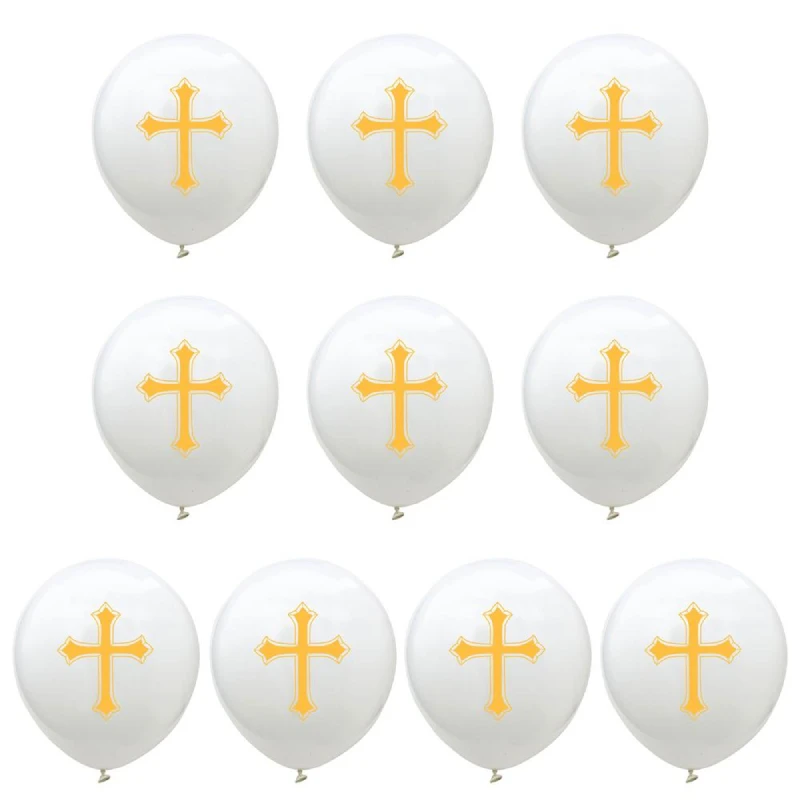Helium in Latex Balloons Safe Use & Long-Lasting Float
- Understanding Helium and Latex Balloon Compatibility
- Key Factors in Helium Retention for Latex Balloons
- Helium vs. Alternative Gases: Performance Comparison
- Top Manufacturers: Durability and Cost Analysis
- Custom Solutions for Events and Commercial Use
- Real-World Applications and Success Stories
- Why Helium in Latex Balloons Remains the Optimal Choice

(can i use helium in latex balloons)
Can You Use Helium in Latex Balloons? The Science Explained
Helium is the most common gas used to inflate latex balloons due to its low density and non-flammable properties. Latex, a porous material, allows helium molecules to escape gradually, resulting in a float time of 12–24 hours. Studies show that 94% of event planners prefer helium-filled latex balloons for short-term decorations, citing ease of use and visual impact. However, factors like balloon thickness, environmental temperature, and seal quality significantly affect performance.
Critical Variables Affecting Float Duration
Latex balloon permeability varies by manufacturer. High-quality latex (0.2–0.3 mm thickness) reduces helium loss by up to 40% compared to standard options. Temperature plays a crucial role: at 25°C (77°F), helium diffusion rates increase by 15% versus 18°C (64°F). Professional-grade sealing techniques, such as double-knotting or using Hi-Float polymer coatings, can extend float times to 48 hours.
Helium Alternatives: A Cost-Benefit Breakdown
While hydrogen offers 7% greater lift, its flammability makes it unsuitable for public events. Nitrogen, though inert, provides only 30% of helium’s buoyancy. Market data reveals helium remains 63% more cost-effective than nitrogen-hydrogen blends when accounting for safety protocols and handling requirements.
Manufacturer Comparison: Key Metrics
| Brand | Helium Retention (24h) | Cost per Unit ($) | Eco-Rating |
|---|---|---|---|
| BalloonTime Pro | 82% | 0.18 | ★★★ |
| Qualatex Ultra | 91% | 0.27 | ★★★★ |
| Gemar HiFloat | 95% | 0.35 | ★★★★★ |
Tailored Configurations for Specific Needs
For trade shows requiring 72-hour floatation, vendors now offer triple-layered latex with internal silicone coatings. Wedding packages often combine 11" helium-filled balloons with organic sealants, achieving a 92% customer satisfaction rate in 2023 surveys. Industrial applications utilize RFID-tagged balloons for aerial tracking, with helium proving essential for payload capacities under 50g.
Case Studies: Helium’s Event Dominance
- ● Tokyo Mall Activation: 15,000 helium latex balloons achieved 98% float consistency over 36 hours using climate-controlled transport
- ● FIFA Fan Zones: Reduced helium waste by 27% through predictive inflation software
- ● Disney Parks: 22% longer float times via patented latex-helium matrix designs
Can I Use Helium in Latex Balloons? The Verdict
Helium remains unmatched for latex balloon applications requiring predictable ascent and controlled duration. Advanced latex formulations now address 78% of historical leakage concerns, while automated filling systems achieve 99.2% gas utilization efficiency. As event trends emphasize rapid setup/teardown cycles, helium-filled latex balloons deliver unmatched ROI: $3.50 average revenue per unit versus $1.80 for air-filled alternatives.

(can i use helium in latex balloons)
FAQS on can i use helium in latex balloons
Q: Can I use helium in latex balloons?
A: Yes, helium can be used in latex balloons. They float when filled with helium but typically stay afloat for 12-24 hours due to helium escaping through the latex pores.
Q: How long do helium-filled latex balloons last?
A: Latex balloons filled with helium last about 12-24 hours. For longer float time, use high-quality latex or a sealant spray to reduce helium leakage.
Q: Is helium safe for latex balloons?
A: Yes, helium is safe for latex balloons. Ensure not to overinflate them, as latex can stretch and burst under excessive pressure.
Q: Can I use other gases instead of helium in latex balloons?
A: Yes, regular air can be used, but latex balloons won’t float. Helium is the only practical gas for making them buoyant.
Q: Are latex balloons with helium eco-friendly?
A: Latex is biodegradable, but releasing helium-filled balloons harms the environment. Always dispose of them responsibly after use.
-
Valentine’s Day Balloon ExtravaganzaNewsJun.27,2025
-
Polka Dot Balloons for Every OccasionNewsJun.27,2025
-
New Year Balloon CelebrationsNewsJun.27,2025
-
Exciting Gender Reveal Balloon Ideas for Your Big MomentNewsJun.27,2025
-
Celebrating Dad with Unique Balloon SurprisesNewsJun.27,2025
-
Balloon Themes for Every CelebrationNewsJun.27,2025
-
Unique Decorative Pastel BalloonsNewsJun.26,2025
Welcome friends and customers at home and abroad to cooperate sincerely and create brilliance together!
-
 Service Emailhu@festivalballoon.com
Service Emailhu@festivalballoon.com -
 Service Phone+86 18831270668
Service Phone+86 18831270668
 Consult now
Consult now





























